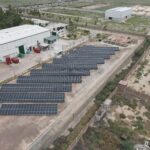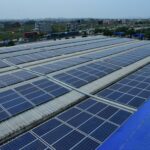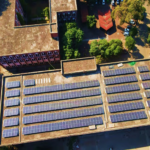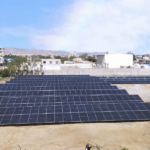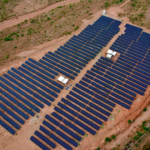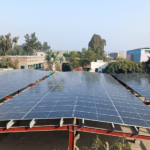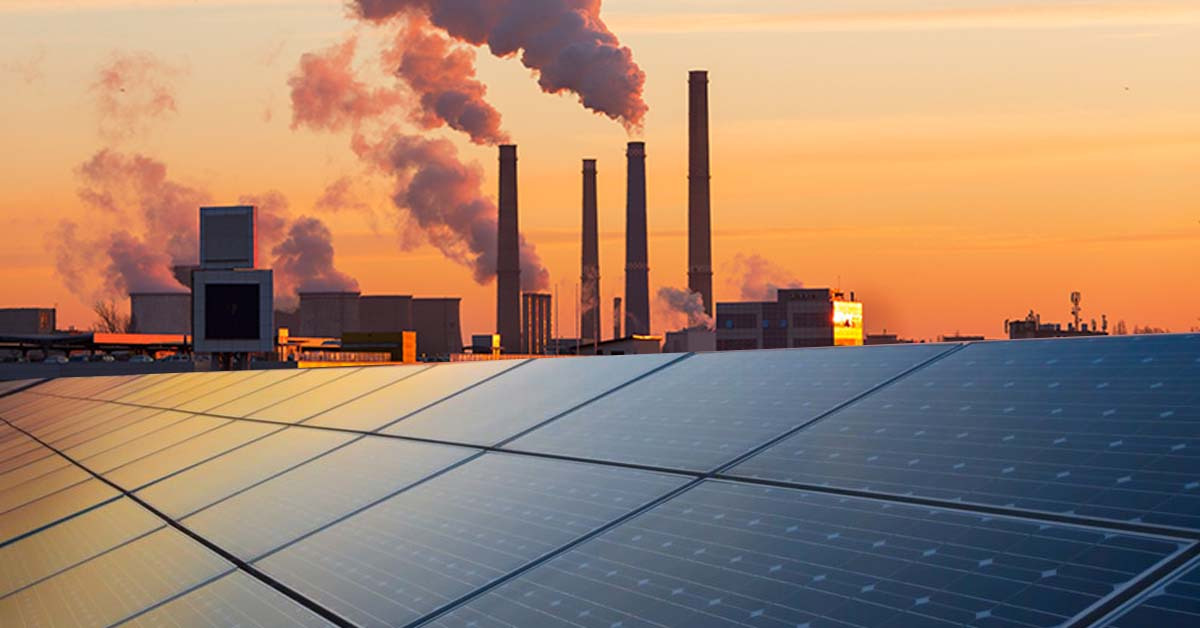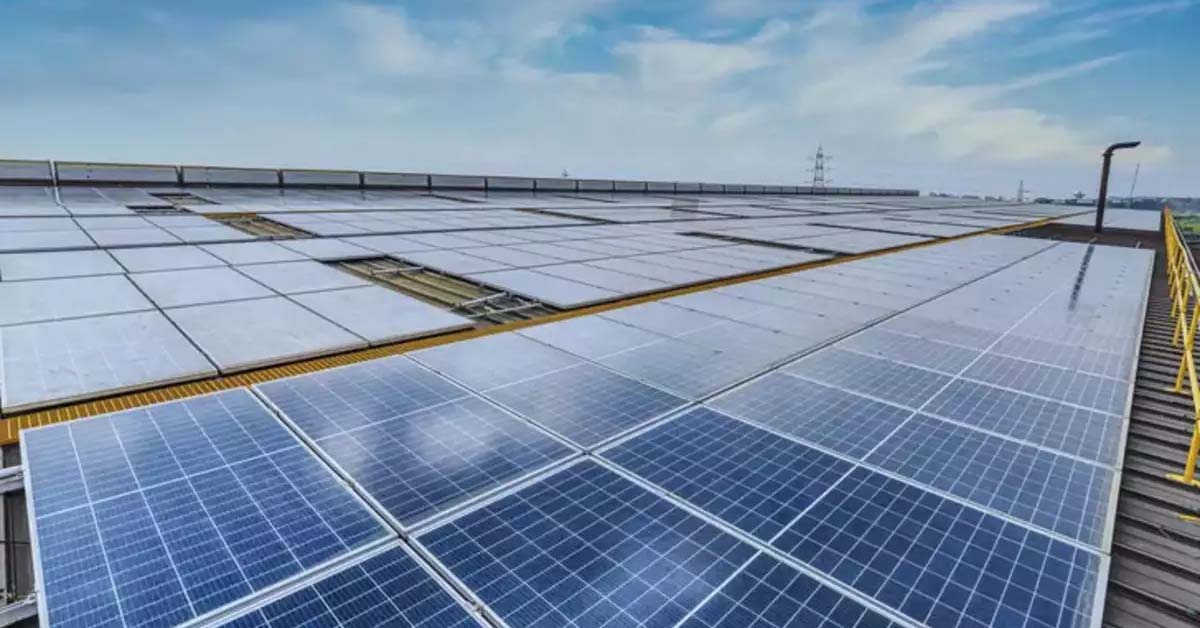Why is it necessary to separate emissions from economic growth?
In the past, economists believed in the “Environmental Kuznets Curve,” which postulates that while economic growth initially causes environmental deterioration, the degradation rate reverses after a certain point. However, modern research has found that we run the risk of stepping outside the bounds of the planet even before the essential criterion of reversing environmental damage is reached. Considering these realities, academics and politicians are increasingly interested in separating economic growth and environmental challenges. At first resource efficiency was considered to be the decoupling approach. It has been noted that resource efficiency is connected to the “rebound phenomena,” where consumption rises directly to the efficiency attained. Hence, the experts have suggested structural modifications to take the “rebound phenomena” into account.
The average CO2 emission factor for a coal-fired power station is approximately 0.998 kg/KWh, compared to 0.015 kg/kWh for hydropower. Renewable energy sources like wind and solar have no operating emission factor. Consequently, there is a significant chance that increasing the amount of renewable energy in the energy mix will lower GHG emissions.
How to achieve growth and reduce emissions with Commercial Rooftop Solar System
Rooftop solar represents one of the most cost-effective ways to shift the energy balance. The price of electricity, net-metering regulations, corporate social responsibility, and customer knowledge are a few aspects that encourage industries to focus on maximizing rooftop solar’s potential.
One of the primary issues that industrial and commercial customers face is the upfront cost necessary for rooftop solar installation. However, the C&I sector can use Solar PPA contracts to solve this issue. In this approach, the energy service provider invests in the solar power plant and oversees asset operation and maintenance. Clients do not pay for capital investment and are expected to only pay a, mutually agreed-upon, fixed discounted tariff rate. The PPA model is anticipated to improve the rooftop solar system’s feasibility, consequently reducing the carbon footprint of electricity use, thus, separating economic growth from environmental degradation. Additionally, the lower cost of electricity will result in lower utility expenses, boosting profitability.
Challenges with rooftop solar and solutions
The use of rooftop solar energy is accompanied by several difficulties, including tidal and seasonal oscillations and the fate of solar panels at the end of their useful lives. The first can be reduced by continuing to rely on grid power. The second requires more research and development to find an environmentally responsible way to dispose of solar panels once their useful lives have passed.
Organizations can use the BOOT model under PPA contracts to rationalize rooftop solar rates and attain a sophisticated statistical and financial model program from the solar service provider. Those businesses who believe in PPA are working hard to find a reasonable tariff rate that would benefit both the service provider and the customers. The development of different green finance tools, including green bonds, can lower the cost of capital and, consequently, tariff rates. There is still much to be done for the rooftop solar business, which is still in its early stages. However, it is undeniable that widespread rooftop solar adoption will contribute to helping in increasing economic growth and reducing environmental deterioration.



